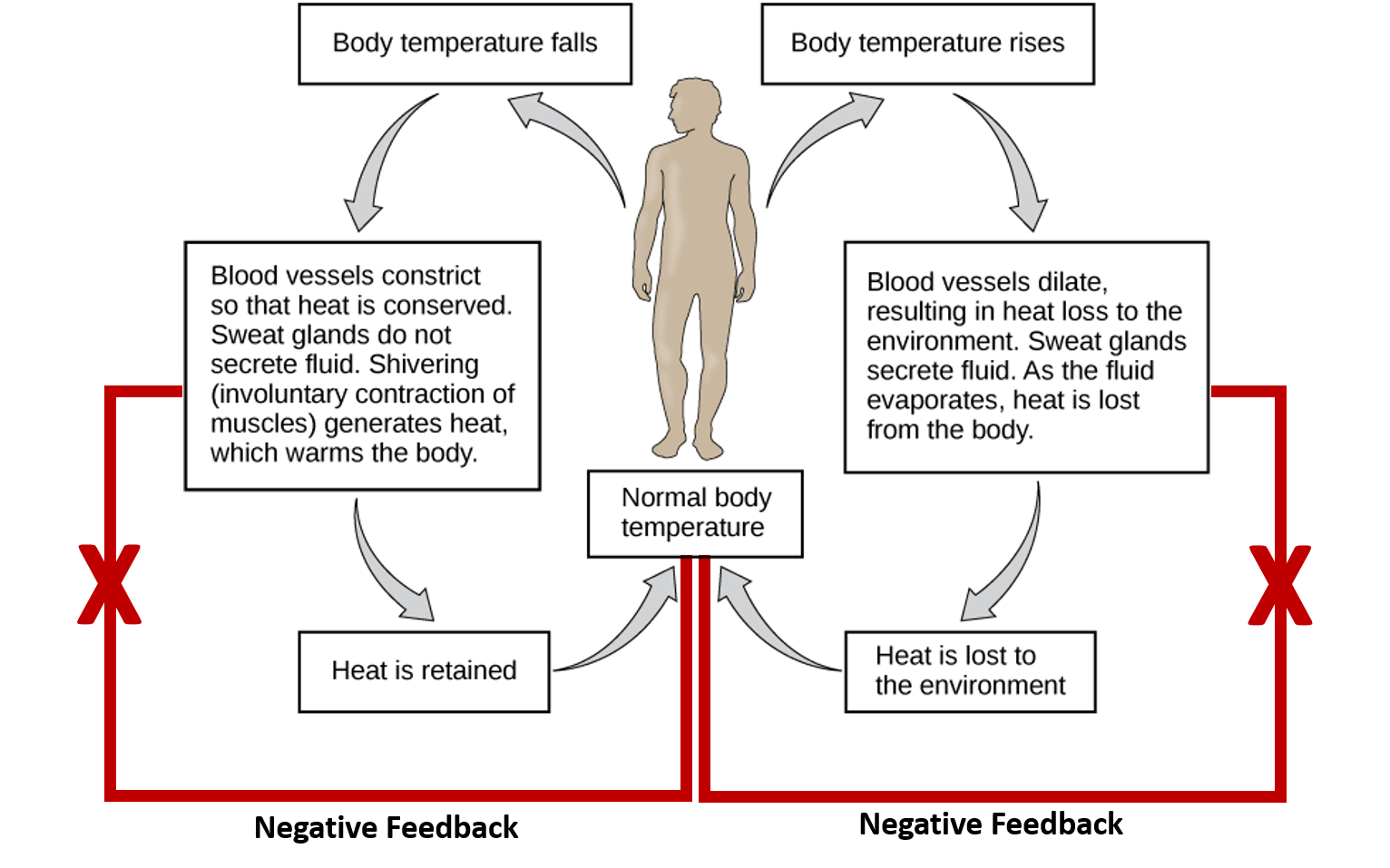Homeostasis and Concept of Homeostasis Chapter 1
HOMEOSTASIS UNVEILED: NAVIGATING ORGANISMIC BALANCE
I. Introduction to Evolutionary Homeostasis
In the grand tapestry of evolution, each species has meticulously crafted an internal environment, a testament to the adaptability needed for survival.
II. The Essence of Homeostasis
Continuous fluctuations in the external environment pose challenges, but organisms adeptly resist and manage these changes, maintaining internal equilibrium. This phenomenon is termed homeostasis.
- Definition of Homeostasis: Homeostasis safeguards the internal environment, employing various control systems to counteract wider external fluctuations.
III. Susceptible Components in the Internal Environment
The most vulnerable components—water, solutes, and temperature—face potential disruptions due to external fluctuations. Adaptations for eliminating nitrogenous wastes hinge on water availability.
-
Osmoregulation: The regulation mechanism for solute and water balance between the organism and its environment.
-
Excretion: The elimination of nitrogenous waste is a vital aspect of maintaining internal stability.
-
Thermoregulation: Ensuring internal temperature stays within a tolerable range is crucial for normal body functions.
IV. Intracellular and Extracellular Control Systems
Control systems operate at cellular levels, managing fluctuations within cell membranes. These systems, governing solutes, water, hormones, and metabolites, contribute to maintaining a delicate balance.
V. Dynamics of Homeostasis
-
Fluidity of Internal Conditions: Homeostasis doesn't mandate a fixed internal environment but rather controlled changes within a specific range.
-
Adaptability: Adaptations to varying levels in response to external conditions enable organisms to navigate internal fluctuations.
VI. Acquiring Control Systems for Homeostatic Regulations
Living control systems mirror physical control mechanisms, comprising receptors, control centers, and effectors.
-
Temperature Control System Analogy: Similar to physical systems, living systems, especially in endothermic animals, have a set point for temperature regulation.
-
Negative Feedback Mechanism: Detection of change and signaling for effector responses constitute negative feedback loops. For instance, cooling effectors respond inversely to warmth sensing in the external environment.
VII. Conclusion: Symbiosis of Control and Balance
The intricate dance of control systems and homeostasis ensures organisms not only survive but thrive amidst the dynamic external environment.
Related Notes.....
Support and Movements in Animals
Endoskeleton detailed Structure and Composition
Short Questions
Mcqs with Answers


.jpg)



0 Comments